Prickly acacia (Vachellia nilotica) is highly invasive and reproduces quickly. It tends to take over landscapes, particularly along waterways and at water points where stock congregate, leaving nothing but bare ground.
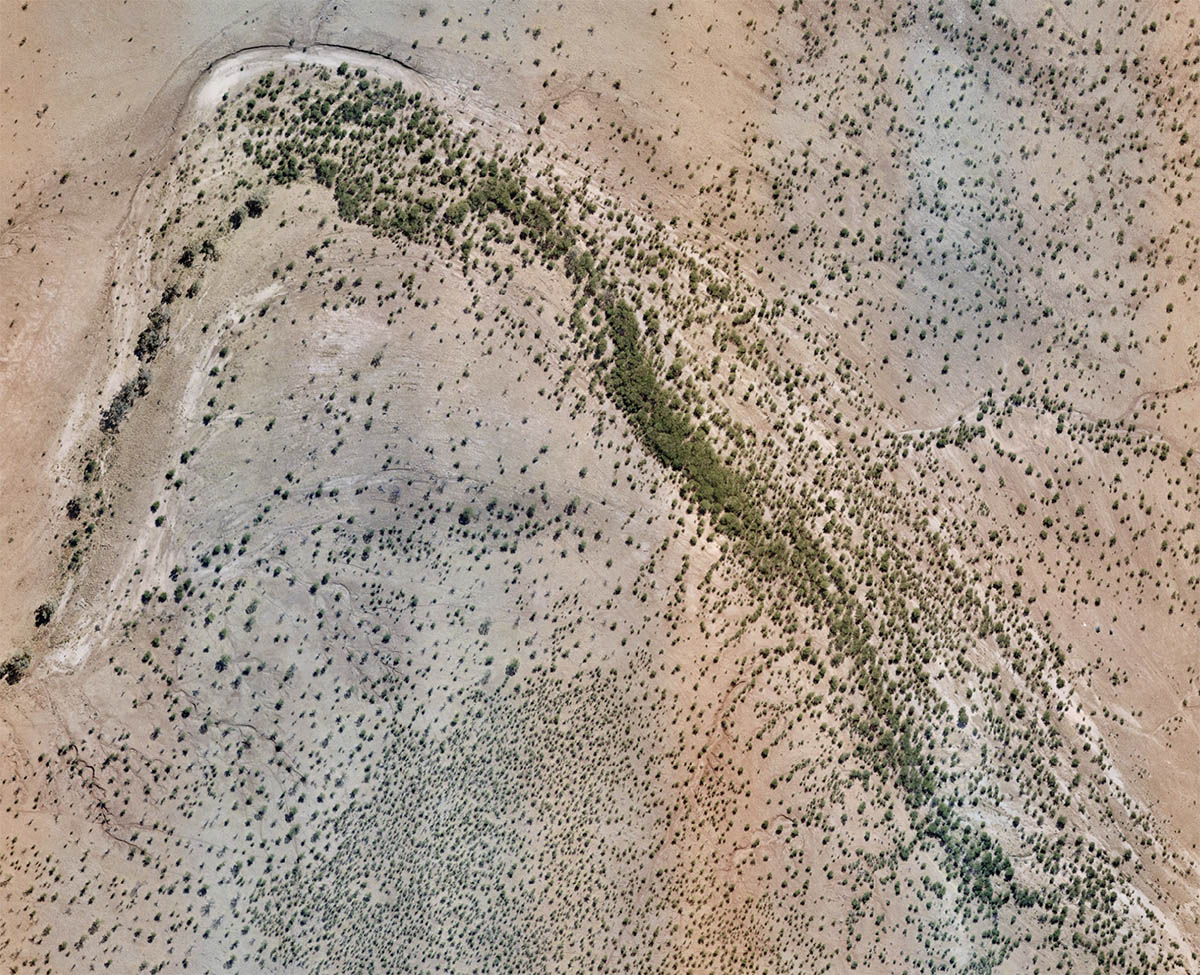
Around rivers and dams it grows among native species, making it difficult to target for treatment. It produces lots of seeds and forms thorn thickets, so maintaining low density is not possible in the long term.
Elimination of Prickly Acacia is so expensive and labour-intensive that it's effectively impossible along densely populated waterways, which are the main way it spreads.
Now, however, new technology and carefully-designed strategies have turned this around.
DCQ has developed an approach based around:
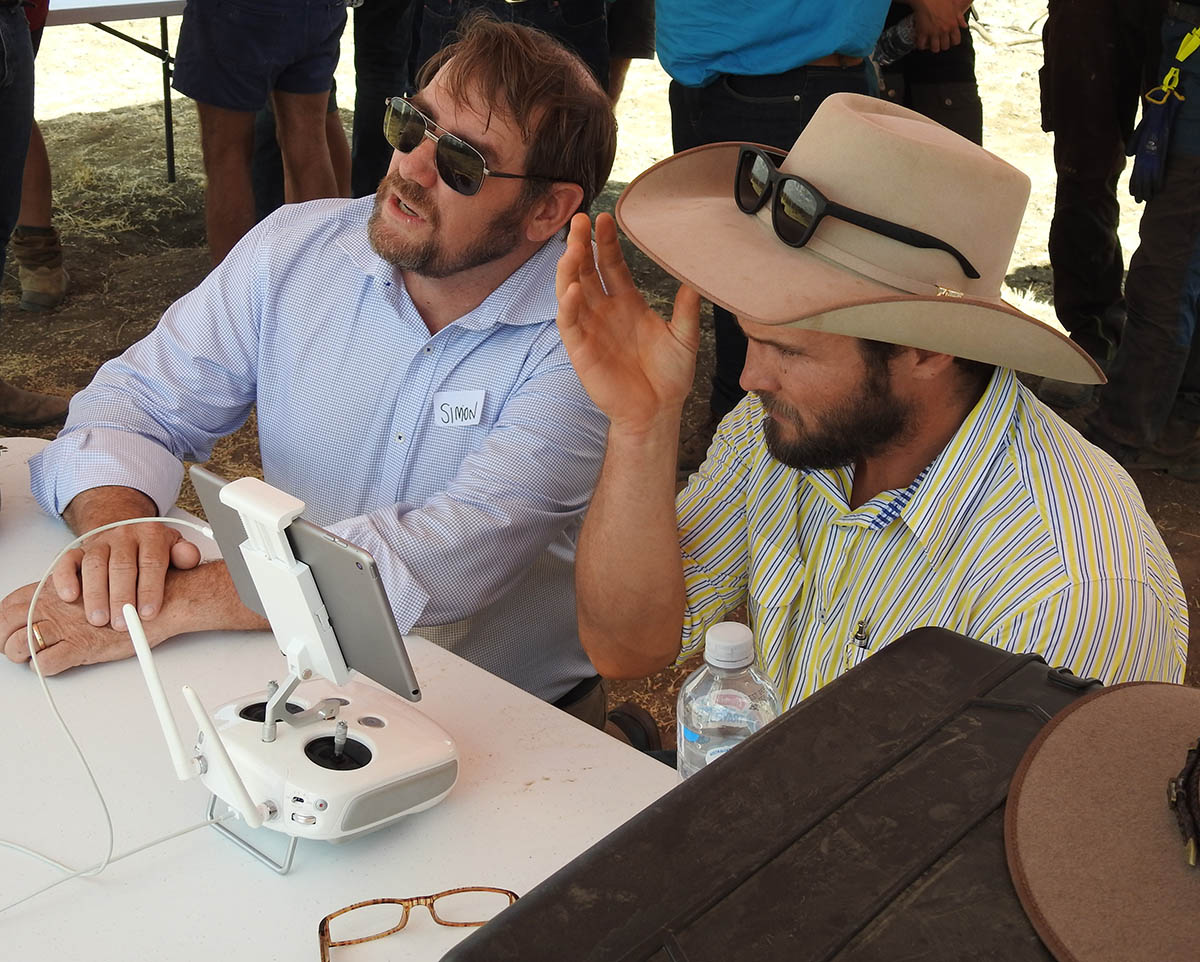
Research and development by DCQ has brought new techniques and control options. Their field teams have built skills to apply these, allowing multiple control techniques on a property.
Areas of control are mapped with a level of precision that allows the right approach to be taken in each area. This is not only incredibly more effective, but also immensely cheaper by enabling a much greater use of Tebuthiuron. Areas that were previously too thick or too dangerous can now be quickly, safely and accurately accessed. Dense, mixed infestations are now able to be treated.
This has completely changed the outlook managing Prickly Acacia.
7.1Mb PDF
Source: Hall Chadwick Queensland Prickly Acacia Benefit Cost report May 2021

Tebuthiuron has a 99.96% kill rate and also has the advantage of providing ongoing protection against seed germination.
Using DCQ's approach, eradication of Prickly Acacia is now within reach.
Individual landholdings are mapped in detail and a tailored plan is developed to suit the terrain, vegetation and extent of the infestation.
For their part, landholders commit to ongoing management and reporting, ensuring the initial gains are not lost over time.
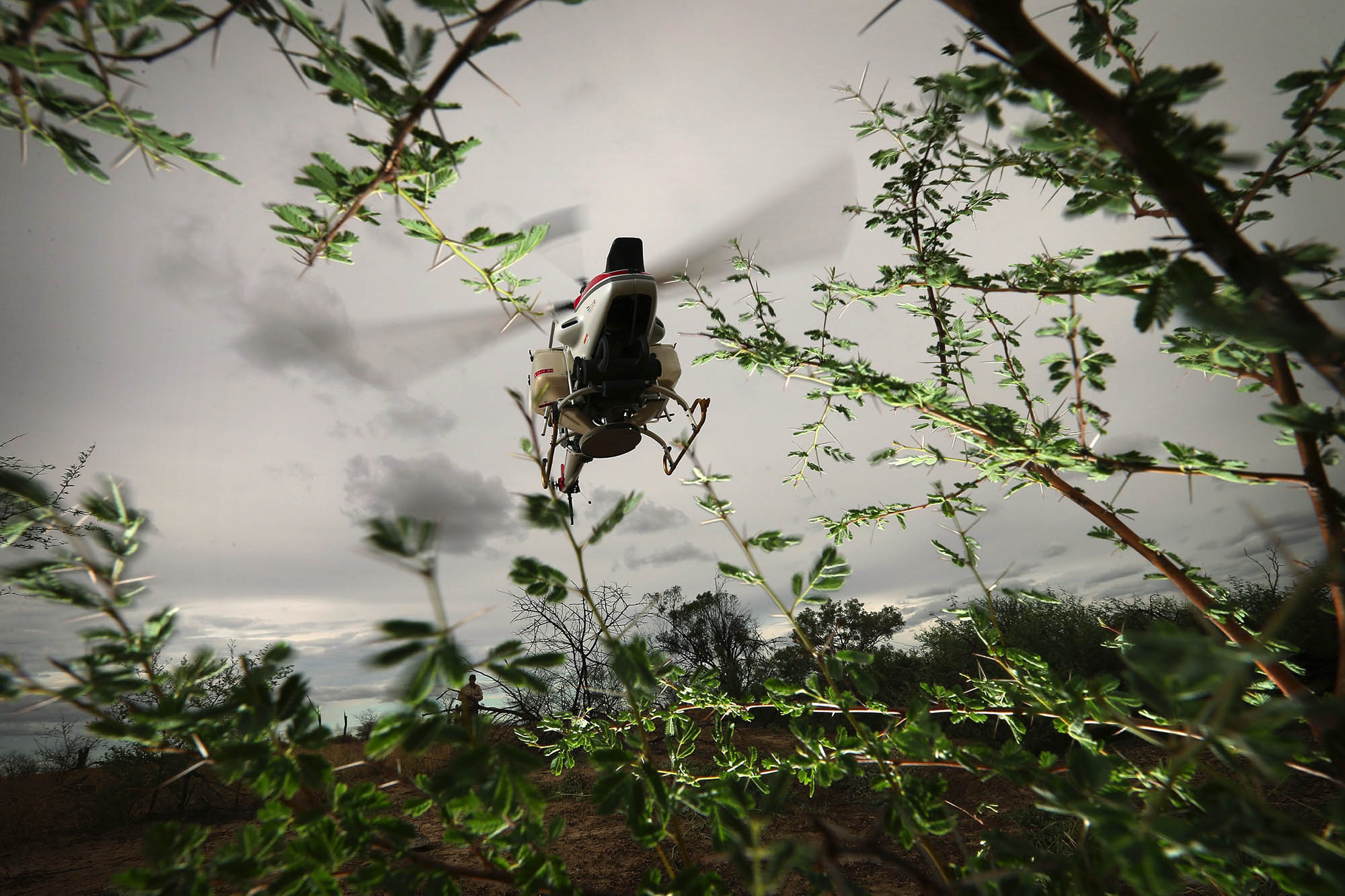
Assisting the landholder with the high-density, more complex part of the treatment makes complete eradication on their property viable. And leaving the lower density sites for landholders to treat ensures that public funds are optimised.
The system also allows accurate costings, which saves money and increases confidence in and buy-in to the program. The program becomes a shared responsibility between the landholder and DCQ.
This property-specific approach is of little use if it’s done in isolation. Multi-year support to deal with seed longevity is critical to success and to ensuring landholder engagement.
DCQ defines eradication as "the elimination of all plants in treated areas before they can set seed. This, combined with the four-year residual control of the seed bank taking out about 90% of seed, means eradication is not only possible but a logical outcome of the work."
Accordingly, DCQ have developed a five-year weed plan. This is a detailed, year-by-year program of works with clearly defined roles and responsibilities for both DCQ and the landholder, designed to treat the entire infestation zone.
Areas for action are prioritised and techniques are matched to each polygon to ensure the most cost-effective use of labour and materials.
To further ensure landholder commitment, DCQ have developed Positive Action Cluster Teams (PACTs). PACTs are groupings of landholders who provide peer-to-peer support, helping to tackle the prickly acacia problem on a landscape scale. PACT members enjoy a subsidies, along with access to Desert Channels Group’s bulk buying power.
The five-year plan approach has now been tested and refined in the field and only requires funding to be run out on a larger scale.
DCQ began using this approach in 2015. From 2013 to 2020 the area of high-density infestation decreased by approximately 50% and the total area of infestation decreased by around 1.9 million ha, an 8% reduction.
We are at a critical juncture where eradication has just become viable but the cost has not yet blown out.
Funding invested now will realise the optimal return and minimise the burden on landholders.
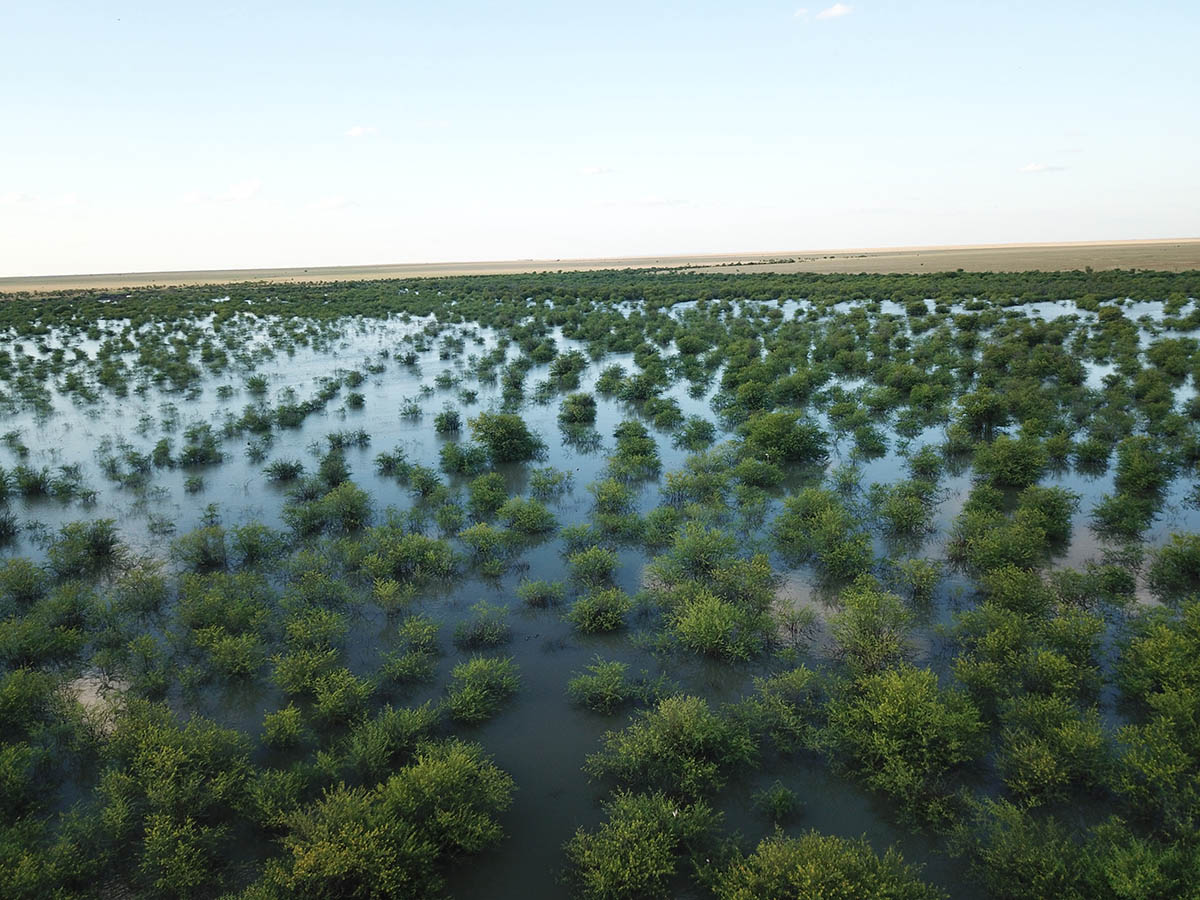
As time passes, the cost to treat Prickly Acacia increases exponentially as infestations spread and thicken. Events such as the 2019 floods act as accelerators, spreading the trees more quickly and over a wider area.
Delay will do nothing but make the process more complex and much more expensive.
Analysis by Hall Chadwick Queensland* found that the government's Benefit Cost Ratio for immediate investment is 92.15, but this falls rapidly with delay, being only 47.74 with a five-year delay and 24.7 after a ten-year delay.
The annual cost of lost production and control measures has been calculated at $27.5m in 2021. However, this could blow out massively if region-wide eradication program is delayed, increasing to $100m per year within 15 years.
9.6Mb PDF
If not eradicated, Prickly Acacia is in line to cost the DCQ region approximately $5.5bn over the next 50 years in today’s dollars. This is despite significant improvements in control methods and associated reduction in cost.


This cost is made up of lost production and the cost of control measures. Both of these directly impact the regional economy, leading to job losses and flowing on to health, education and retail, reduced population and declining services.
The Channel Country within the Lake Eyre Basin is home to one of the largest concentrations of organic beef properties in the country. A Prickly Acacia invasion would see landholders forced to choose either loss of their organic status, with the premium that brings, or a broad and expanding Prickly Acacia infestation.
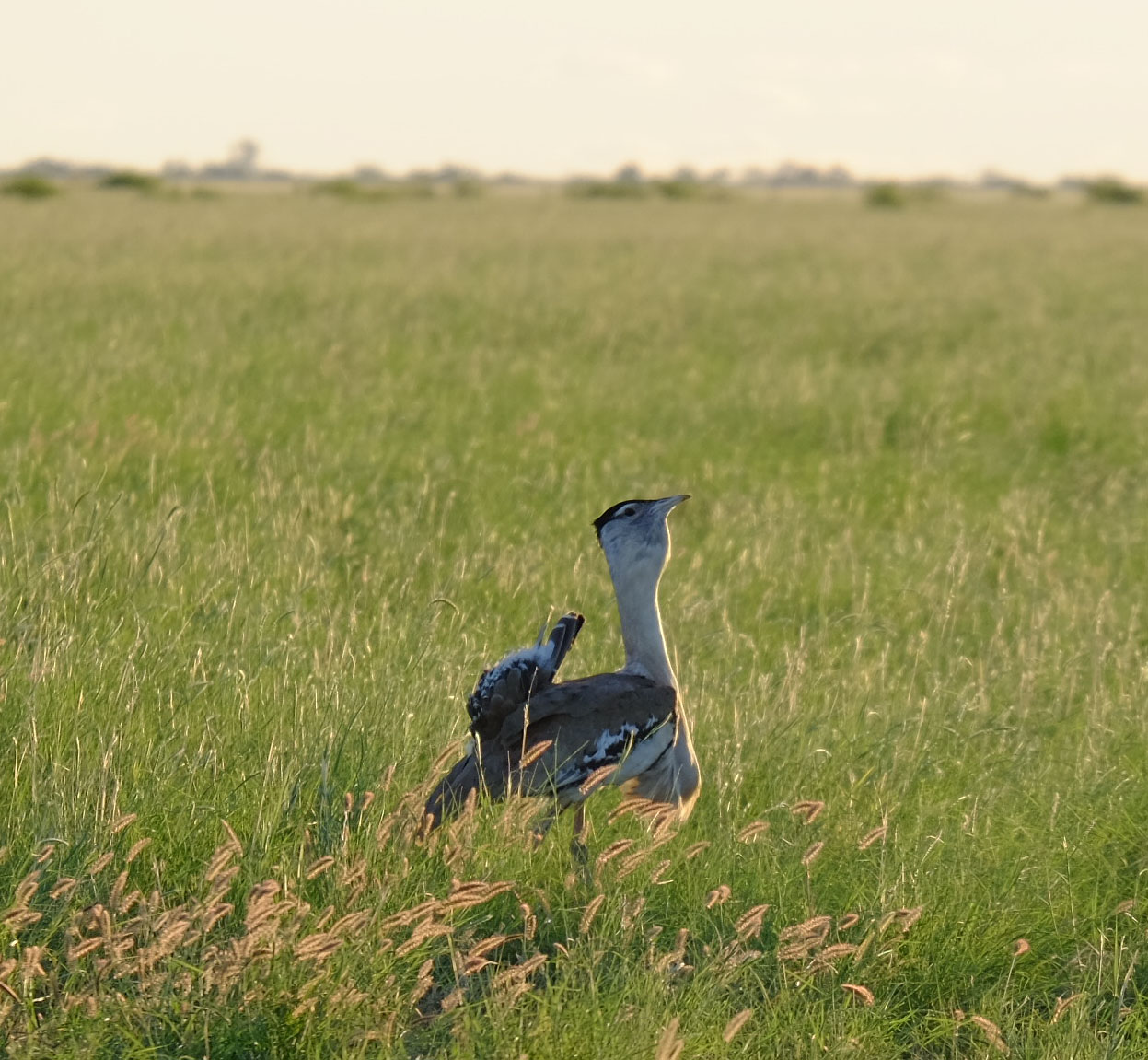
Prickly Acacia's continued march threatens to permanently destroy the integrity of the Mitchell Grass Downs (MGD) and the Lake Eyre Basin (LEB). Both of these regions contain unique biodiversity. It is bringing a structural change to the landscape, as perennial grass is lost and replaced by bare ground and a shrub layer, and soil structure is changed. This adversely affect mammals such as the Julia Creek dunnart (Sminthopsis douglasi) and an endemic form of the long-tailed planigale (Planigale ingrami), and bird species such as the singing bushlark (Mirafra javanica), Australian bustard (Ardeotis australis) and little button quail (Turnix velox), along with number of lizard and snake species. Deprived of food sources, cover and breeding grounds, they become extremely vulnerable to starvation and predation.
Pricky Acacia has long been considered too difficult a challenge to tackle in its entirety. But we now have the tools and approaches to eradicate PA. DCQ's investment in R&D and in working with local communities has meant that we have both the knowledge and the landholder buy-in to succeed.
"We believe that with PA you are either totally in or totally out, there is no halfway. If you don’t go all the way to eradication, then it will continue to spread and you will be fighting a losing battle over a long time."
Brett Wehl, Audreystone
The DCQ approach of starting off in the headwaters and moving downstream with control is building community cohesion. Downstream neighbours are appreciative of the work being done to control PA.
Now is by far the cheapest and most effective time to begin a large-scale rollout of DCQ's eradication program. With additional resources we can:
DCQ work teams have a proven record in working cooperatively with landholders and local communities, leaving both feeling more positive about the future.
A whole-of-region Prickly Acacia eradication program should be commenced now. DCQ have provided clear evidence of success in eradicating Prickly Acacia, to the benefit of regional communities and landholders, and the unique landscape that is the Queensland section of the LEB.
For $20 million per year over five years, Prickly Acacia can be effectively eradicated. (Please check this figure).
This is a very small price tag to protect one of the most iconic landscapes in the world and all of the ecosystems within it.